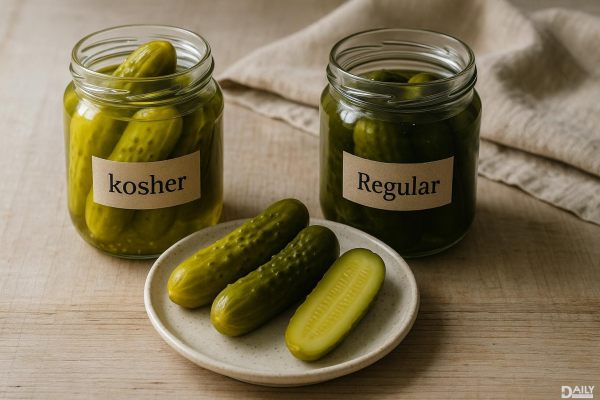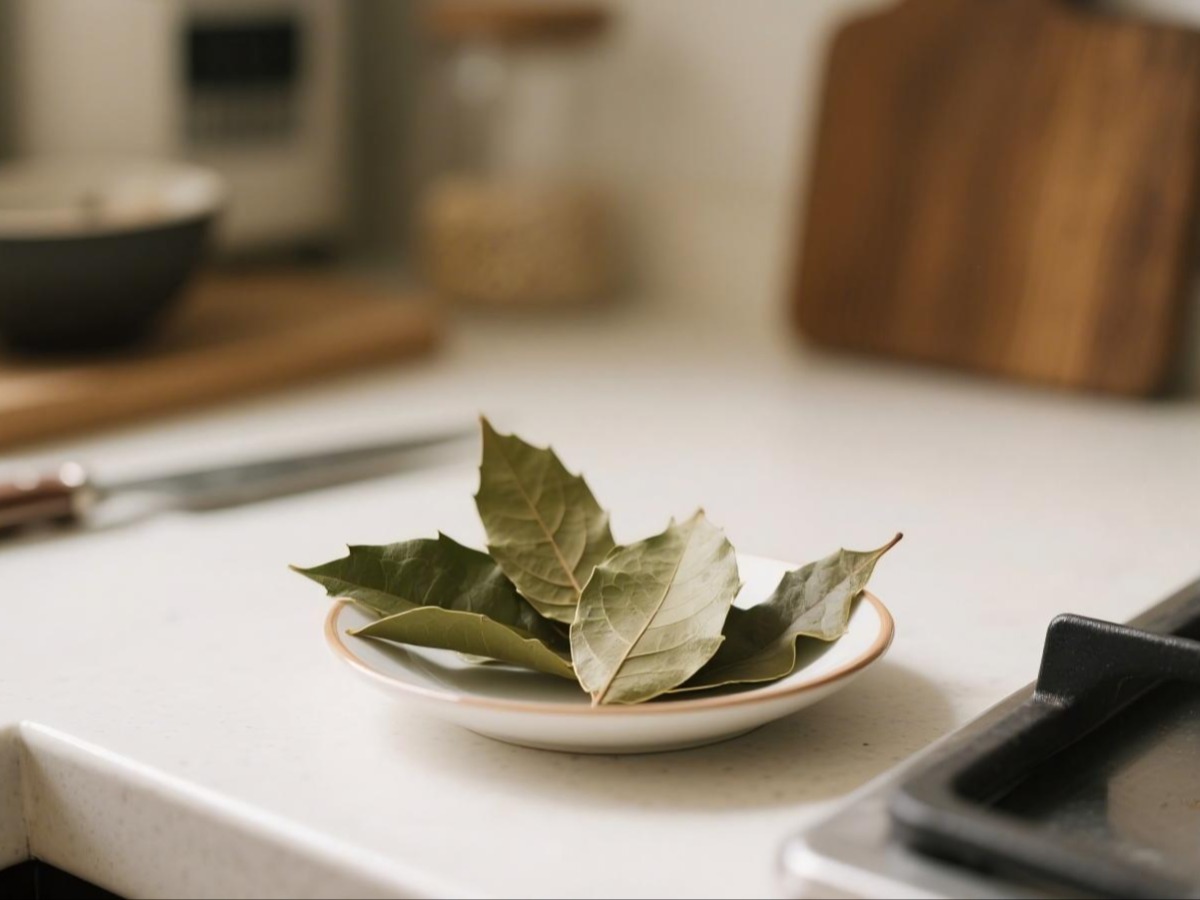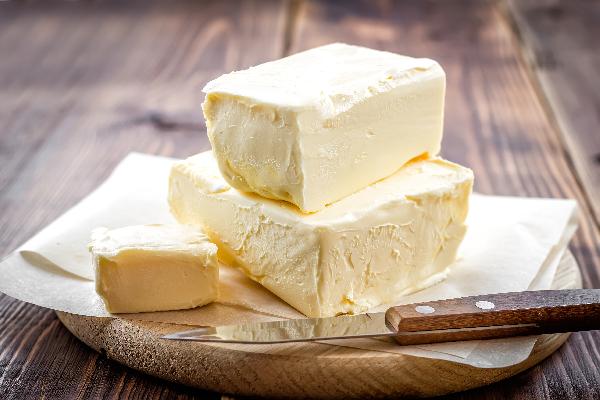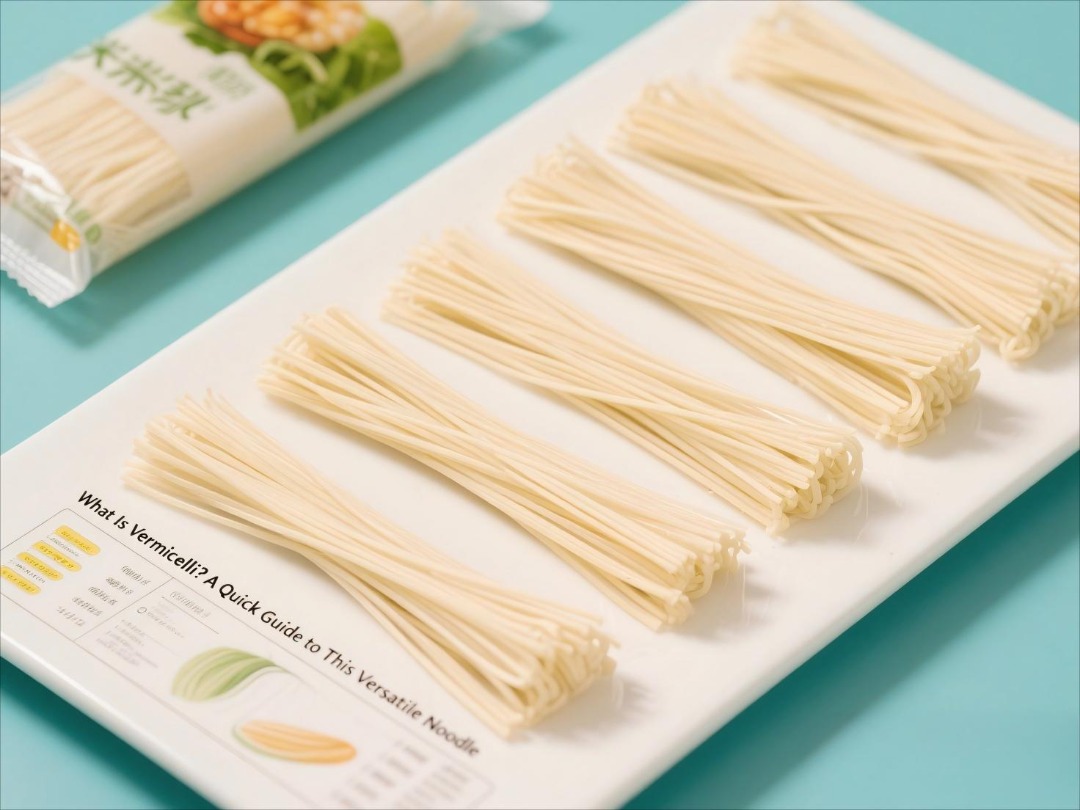Rice is a staple in kitchens worldwide, but here’s the not-so-sweet truth—it can come with an unwanted sidekick: arsenic. Yep, that toxic heavy metal you’ve heard about in crime dramas. While it’s not at levels that’ll knock you out after one bowl, long-term exposure is a legit concern. So, let’s break down why arsenic ends up in rice, how to minimize it, and which types are your safest bets.
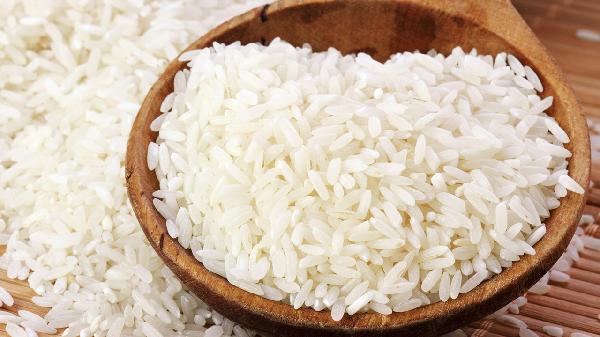
What Is Arsenic, Anyway?
Arsenic is a naturally occurring element that’s basically everywhere—soil, water, even the air. But not all arsenic is created equal. There are two main types:
Most of the arsenic in rice is the inorganic kind, which is why it’s worth paying attention to.
Why Does Rice Have More Arsenic Than Other Grains?
Rice is basically a sponge for arsenic, and here’s why:
Other Sneaky Sources of Arsenic
Rice isn’t the only culprit. You’ll also find arsenic in:
What’s the Big Deal? Health Risks of Arsenic
A little arsenic here and there? Probably fine. But chronic exposure? Not so much. Here’s what the science says:
How to Cook Rice to Reduce Arsenic
Good news: You can slash arsenic levels just by tweaking how you prep rice. Here’s the best method:
1、Rinse It Like You Mean It – Dump rice in a fine-mesh strainer and rinse under cold water until it runs clear. This washes off some surface arsenic.
2、Cook It Like Pasta – Use a 1:6 rice-to-water ratio (way more water than usual). Boil, then drain the excess water. Studies show this can remove up to 57% of arsenic.
3、Avoid the Rice Cooker – Unless it has a drain function, you’re just steaming arsenic right back into your grains.
Which Rice Has the Least Arsenic?
Not all rice is equal when it comes to arsenic. Here’s the breakdown:
Should You Quit Rice?
Nah—rice is still a great food. Just be smart about it:
So, keep enjoying your stir-fries and sushi, just with a little extra know-how. Your future self will thank you.
